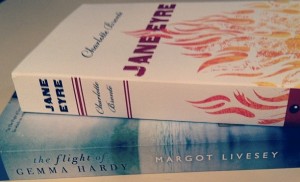 The Guardian has an interesting blog post on “The Future of Books, Today.” Neil Gaiman, interviewed for the piece, says he thinks “traditional publishing” has five or “maybe 10 years … But that isn’t going to mean fewer books. There’ll be a lot more books—people will just find them differently.”
The Guardian has an interesting blog post on “The Future of Books, Today.” Neil Gaiman, interviewed for the piece, says he thinks “traditional publishing” has five or “maybe 10 years … But that isn’t going to mean fewer books. There’ll be a lot more books—people will just find them differently.”
Also, London’s City University is now offering an MA in crime writing.
Pamela Paul weighs in on the 50th anniversary of [amazon_link id=”0374386161″ target=”_blank” ]A Wrinkle in Time[/amazon_link] in the New York Times.
Flavorwire has a list of the ten most dangerous novels of all time. I know Stephen King has expressed regret over writing Rage, but I did not realize he had asked his publisher to take it out of print. I also liked their list of the “10 Most Iconic Accessories of Famous Writers” and their list of “10 Legendary Bad Girls of Literature.”
This is so funny. The last Top Ten Tuesday was open topic, and Mandy of Adventures in Borkdom had the same idea (here is my post). We appear to have some overlap.

